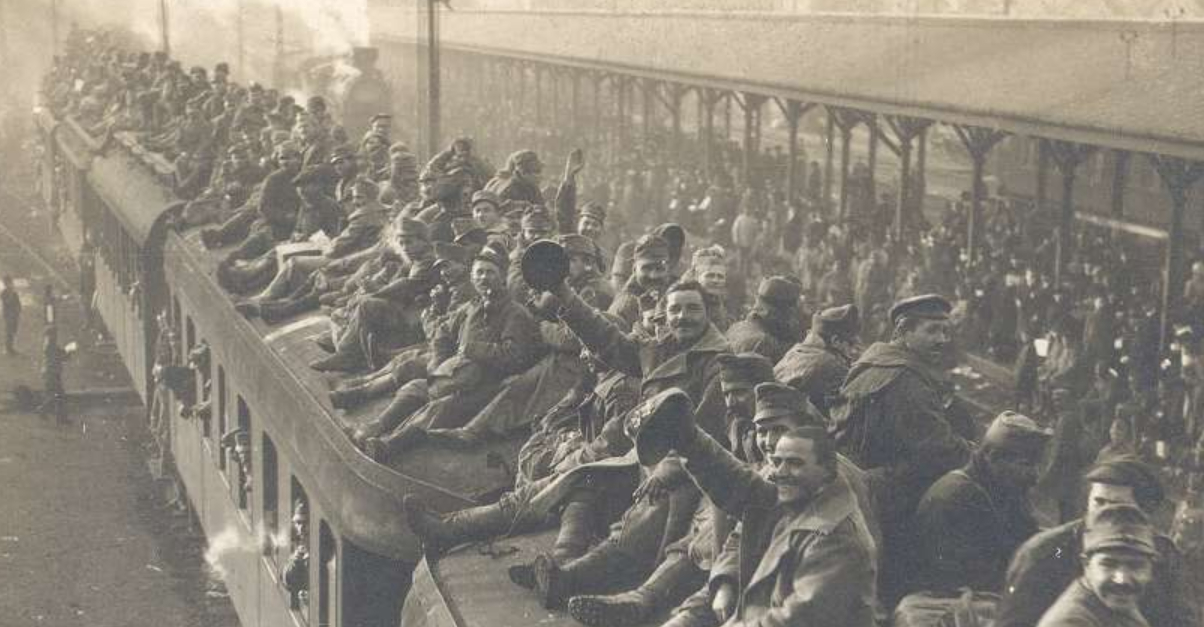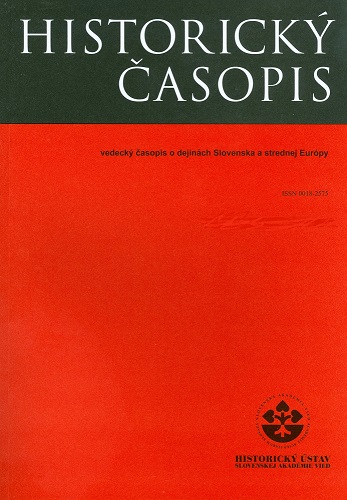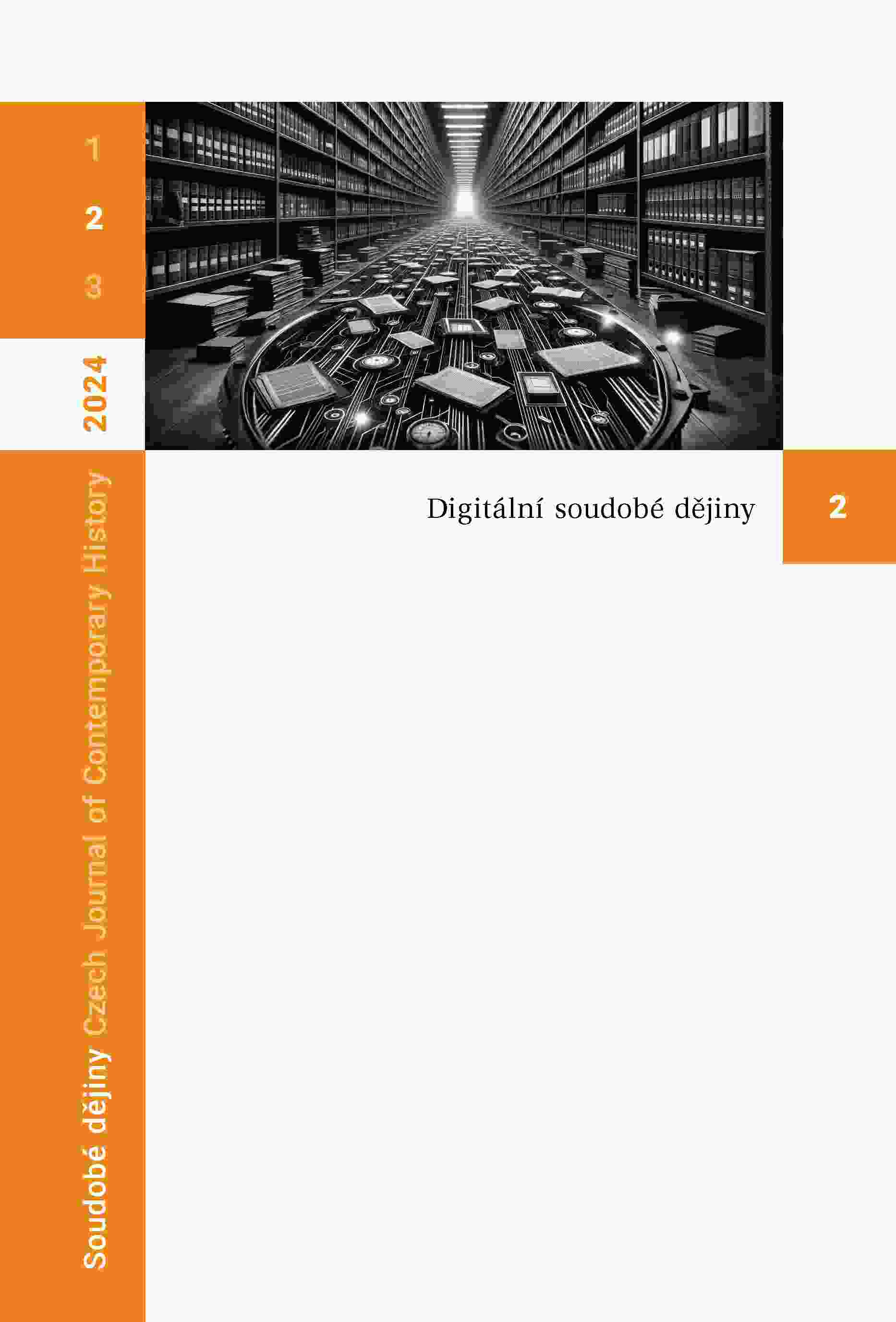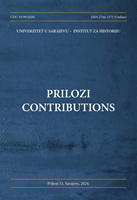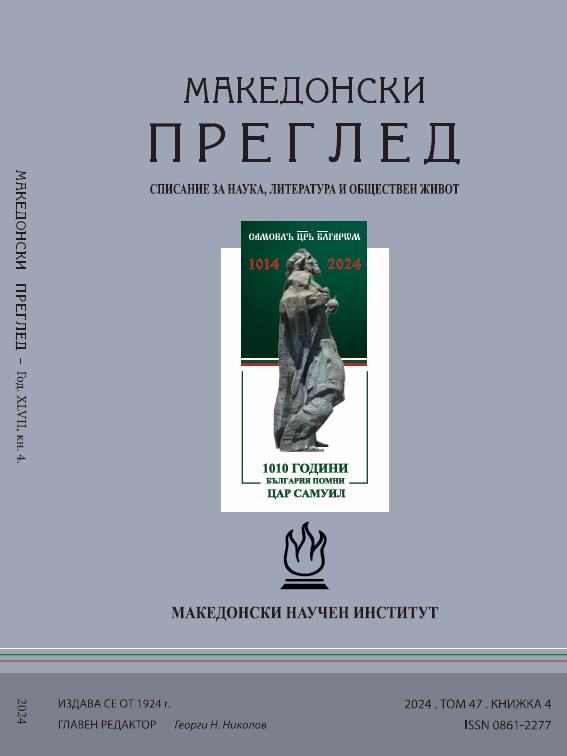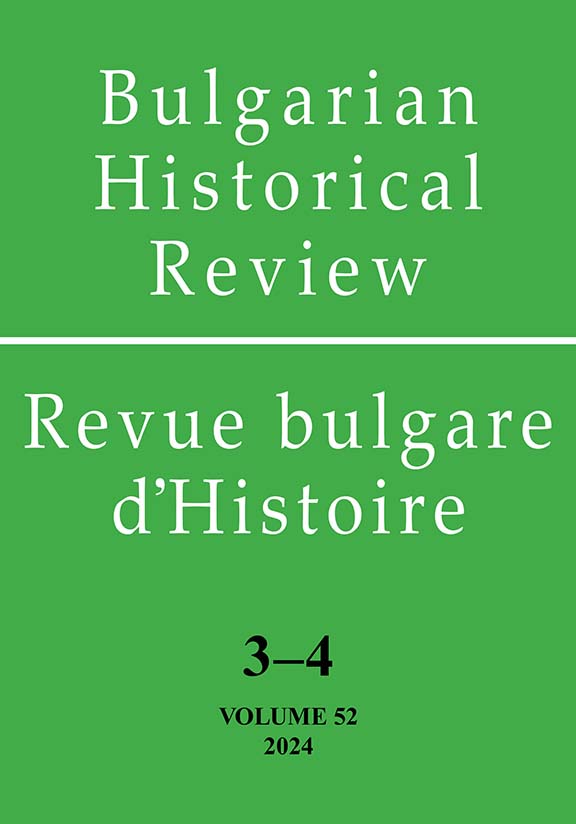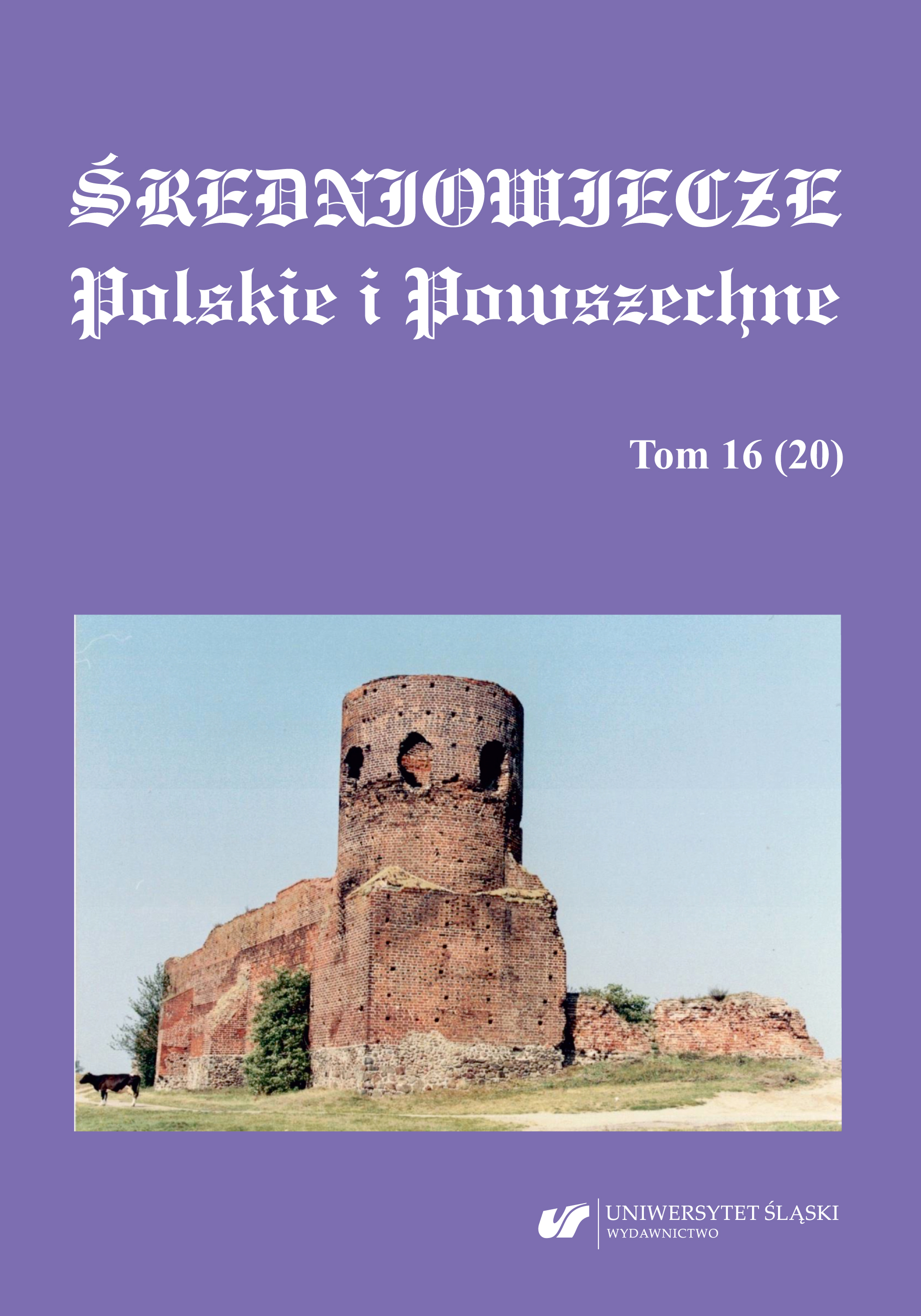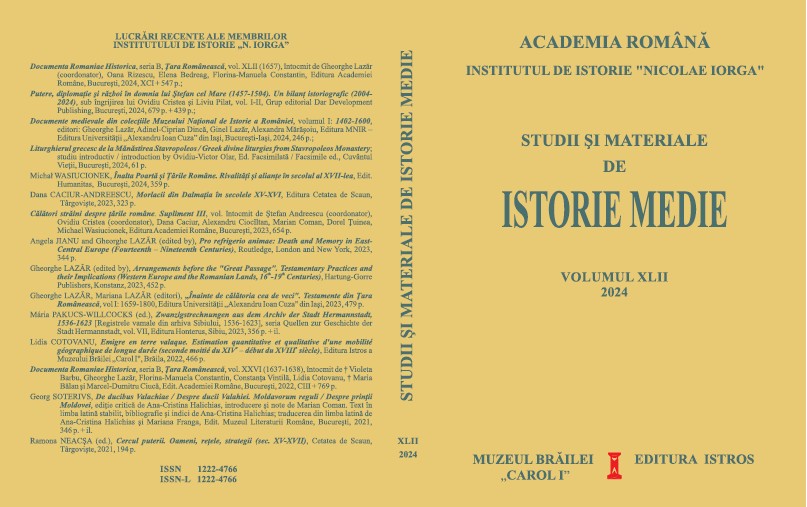
Aktivity nižšieho katolíckeho kléru zamerané na demokratizáciu a modernizáciu cirkvi v čase vzniku Československej republiky
The essay deals with an inquiry that was initiated by the Czech priest Bohuslav Zahradník-Brodský (1862 – 1939). This inquiry can be considered as an attempt to democratise the church in Czechoslovakia. Its character itself was a remarkable outflow of democracy put into action. Zahradník-Brodský's initiative followed the very ideas of Catholic Modernism that had been unexpectedly suppressed by the encyclical Pascendi Dominici of 1907. After a longer period of reticence, the reformative flow began to surface in a morphed shape. The most strident manifestation can be allotted to Zahradník-Brodský who was a member of a radical splinter group. The intention of his inquiry was to find out the priests' opinions on reforms within the church. His postulations highlighted the idea of an egalitarian system of material provision for the clergy and the inclusion of laymen into the administration of the church, as well as the election of bishops and the abolition of celibacy, monasteries and clerical apparel. The inquiry showed that his postulations had been supported by a huge part of the clergy. Reformation movements existed in the Czech region as well as in Slovakia. One of the representatives of the radical wing in Slovakia was Ferdinand Juriga (1874 – 1950) who was also an elected member of the parliament and who forged out of the clerical demands and postulations a political cause. After a failed meeting of the clergy in Žilina he laid them down in a political memorandum which he then forwarded to the Ministry for the Administration of Slovakia. This must be considered to a very high degree as a spontaneous reaction to the current situation, which especially has to be analysed within the context of an overall social upheaval. It needs to be stated that the Slovak radicals remained a small group in an ever-widening state of dissolution. In the Czech region the group of priests that refused to abandon their emancipatory activities decided to put their reformation program into action without respect for the position of the Holy See and the ecclesiastical hierarchy at home. This fact can probably be judged as a symbolic vanishing point of a timeline that starts within Catholic Modernism. It, however, had not been the goal, as defined by the realisation of an ideal, for which the majority of the reform minded clergy had set out.
More...
